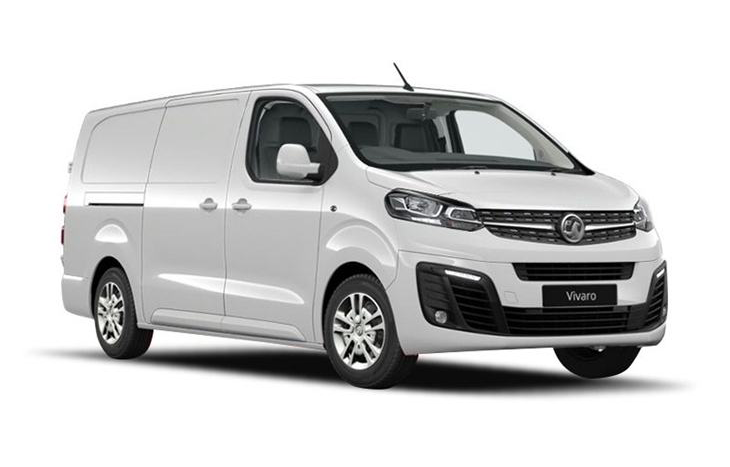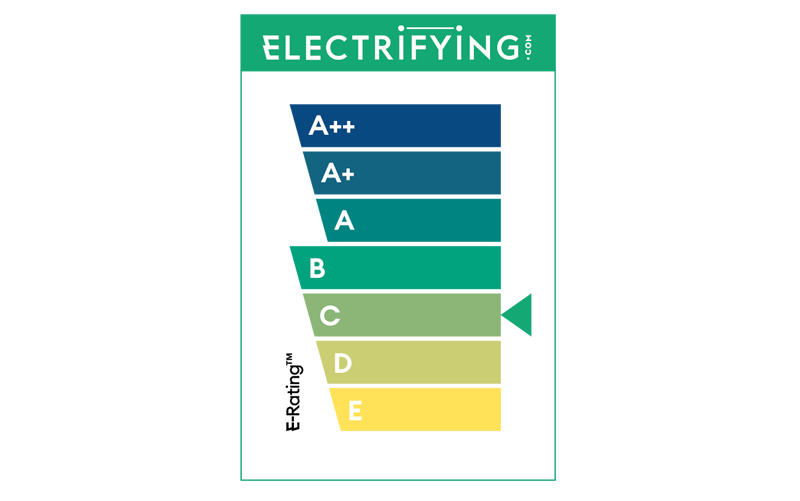Pricing
Electric van price lists are confusing, so even experts get lost in spreadsheets which exclude VAT, deduct various grants and add other bewildering amounts for different types of door or wheelbase lengths. To work out the best Vivaro for you, it’s best to see which one suits your needs and then employ an accountant.
However, as a general guide, the Vivaro-e is cheaper to buy than the equivalent Transit or LEVC VN5. Opting for the 75kWh battery costs £4,500 more than the 50kWh, while the longer wheelbase adds another £1,150. The posher Elite spec is £3,800 more than the Dynamic.
There are also various options if you’d like to carry more passengers, including a nine seater “Life” version – although these are classed as cars so attract different levels of tax and grants. They’re likely to cost more to buy as they won't get the £8,000 van grant, but oddly cost less in benefit-in-kind tax. We told you it was confusing!
Running costs
Most businesses treat vans as a tool which has to do a job as cheaply and efficiently as possible. They are bought with the head rather than the heart, but even when the spreadsheet columns have been added up there will be plenty of companies who find going electric will save them money.
The biggest saving will come from not having to pay charges to enter cities and zero emission zones, especially in London.
Then there are the fuel costs. Charging the biggest 75kWh Vivaro battery on a normal domestic or commercial tariff will cost about a tenner to charge. That should be good for 200 miles, which works out about a quarter of the cost of a diesel version which is managing about 50 mpg. Multiply that over a year and 20,000 miles and it’s an £1,800 saving.
The Vivaro-e will need less attention at the workshop than a conventional petrol or diesel too, with services every 25,000 miles. They are less costly to maintain than a diesel too as there is less to change and check.

















